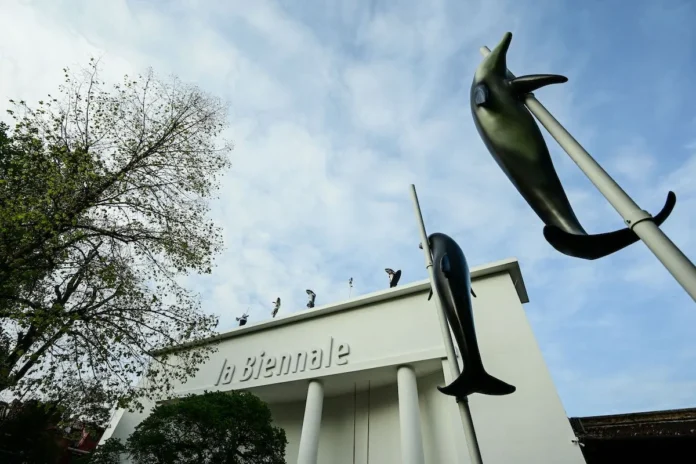With 2023 now in the rearview mirror, it’s time to look ahead to what should be a busy and tumultuous year for the art world. The Venice Biennale returns this spring, along with a full slate of art fairs as the two giants of the space—the Endeavor-owned Frieze and MCH Group–owned Art Basel—square off in an increasingly packed calendar. Meanwhile, all eyes will be on the auction houses, after Christie’s and Sotheby’s saw their reported sales totals take a dip greater than 10 percent in 2023, and Phillips finds itself in a possibly difficult financial position.berkahpoker
To kick off 2024, we asked more than a dozen art world figures, from dealers to art advisers and beyond, for their predictions for the new year. Here’s what they had to say:
Allan Schwartzman, art adviser: In 2024 the urgency to own will not feel as urgent for collectors as it very recently did. One should expect much more volatility in the market for emerging artists than we’ve seen for decades: greatness is not produced at the rate that the recent appetite for it would seem to dictate. My wish for this year is that new businesses are created to develop a sustainable secondary market to accommodate the coming resale overflow for contemporary art and to break our overdependence on current institutions, which produce under-reported and skewed statistics for art sales.
Alex Glauber, art adviser and president of the Association of Professional Art Advisors: After 2023 finally saw the art market correction many had expected for years, there is cause for greater optimism in 2024 as the Federal Reserve has indicated it will cut rates at least once next year, and likely more. The psychological and practical implications of this will drive greater demand among collectors and in turn, discretionary selling as people feel more optimistic about the market.
However, the broader health and sustainability of the art market, specifically the primary market for contemporary art, remains less clear. So much of the primary market has become beholden to art fairs as a venue to meet new buyers and urge them to transact. As much as we like to think that every artwork is bought by a “collector,” art fairs wouldn’t continue to be such an important part of the market if that were the case. It’s the casual buyers and shoppers, often unreliable as long-term clients, that absorb the majority of new material and keep things going. berkahpoker
If operating and logistic costs don’t come down that will put a lot of pressure on galleries already operating on tight margins. The added variables of geopolitical unrest, the forthcoming presidential election, and broader cultural divisiveness mean that there is likely to be further consolidation among smaller and midsize galleries.
Benjamin Godsill, curator and art adviser: Only a fool would publicly make predictions, where’s the upside? Well, I never said I was wise: reading the tea leaves gives some positive and some negative indications of what might transpire in the business of art over the next year.
First the bad: exposure to the rocky markets (art and otherwise) over the past couple of years have made art buyers much more aware that connoisseurship and selectivity are important. They have realized that in an unstable market, works of scarcity and quality hold their value much better than other works. This is great for smart collectors (or those smart enough to hire true art adviser/curators) but it’s not so great for galleries, especially small and medium-size shops. The sad reality is that I think we will see the loss of more great galleries than we would like, and we may even be surprised by a couple of well-regarded shops that may be forced to close.berkahpoker

